(NLDO) - Analysis of 200 Martian meteorites that have fallen to Earth shows that they only originated from 5 locations, the "scars" in Tharsis and Elysium.
A team of scientists from the University of Alberta (Canada) has tracked 200 Martian meteorites that have been collected from all over the Earth to find out why the neighboring planet is ejecting these rocks towards us.
The research led to five large impact craters in two volcanic regions called Tharsis and Elysium on the red planet.
And associated with these 5 "guns" are 5 ancient, violent events.
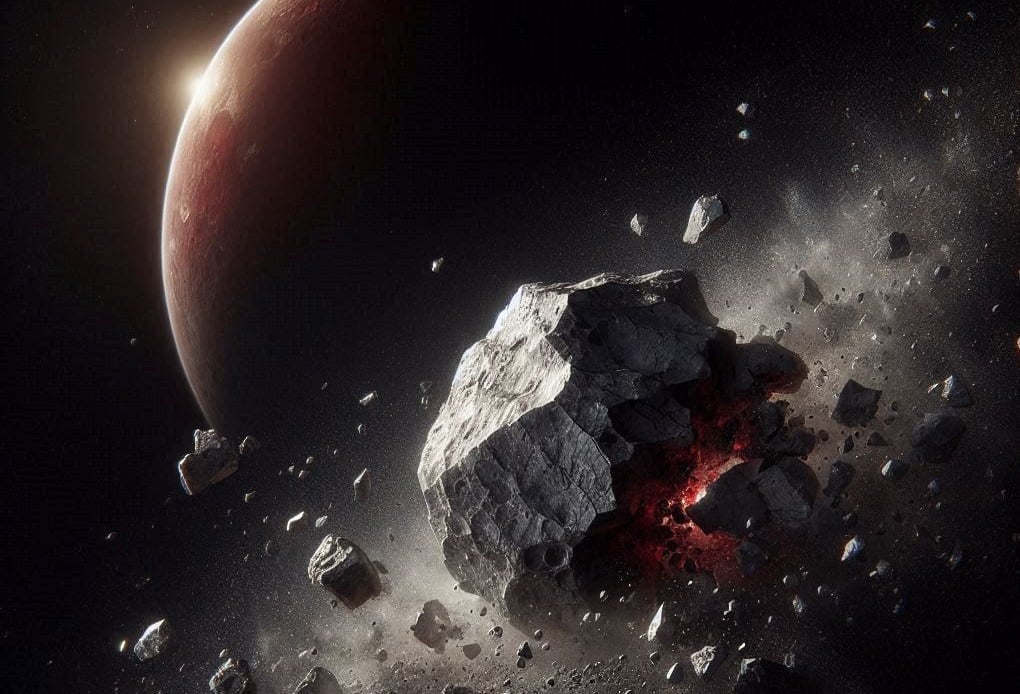
5 impact craters on Mars are the "homeland" of hundreds of meteorites that were shot all the way to Earth - Illustration AI: Anh Thu
NASA estimates that about 44 tons of meteorite material falls to Earth every day, although most of it falls to the surface as small, unnoticeable dust particles. However, occasionally there are rocks large enough for us to pick up.
According to Space.com, in the 1980s, a group of meteorites that were 1.3 billion years old and appeared to have a common volcanic origin attracted attention.
This means these rocks must have come from a body with recent volcanic activity — “nearby” by geological definition — making Mars a potential candidate.
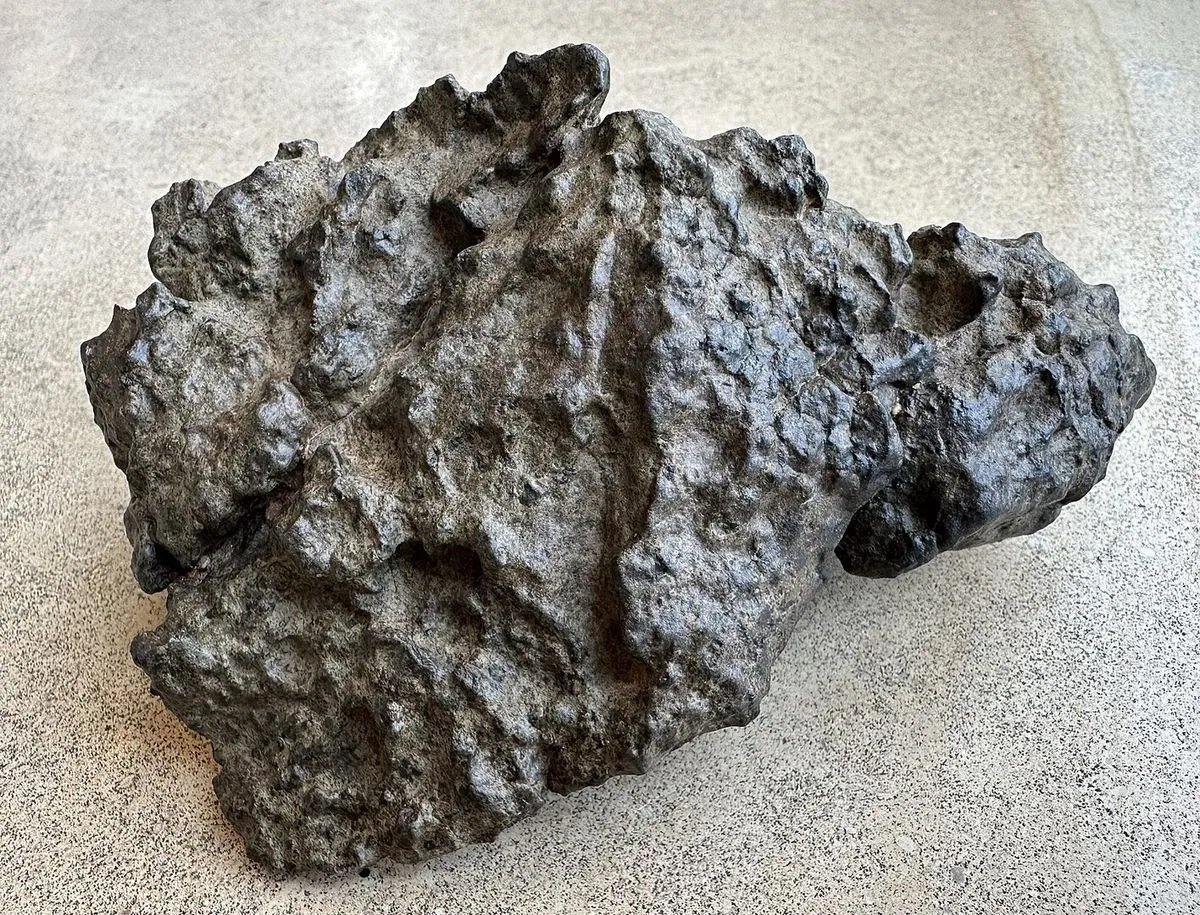
A Martian meteorite fell in the Sahara desert in 2022 - Photo: Steve Jurvetson
The definitive proof came when NASA's Viking lander was able to compare the composition of Mars' atmosphere with the gases trapped in these rocks and confirm they were indeed meteorites from the neighboring planet.
Mars doesn't just shoot rocks at Earth, though. It takes a big impact—another powerful meteorite impact—to hit Mars, breaking up material from the planet's surface and sending it flying so hard that it escapes the planet's gravity.
These fragments become meteorites that wander the Solar System. Some have landed on Earth – perhaps thousands, hundreds of thousands, billions of years later – giving scientists a golden opportunity to study the geology of the Red Planet.
Knowing exactly where these meteorites came from on Mars would allow them to better piece together the planet's geological past.
Now, the team has combined a common spectral matching technique when comparing the composition of materials with high-resolution simulations of impacts on a Mars-like planet.
This modeling helps determine the size of the impact crater or range of sizes of the final impact crater that may have ejected that meteorite, along with many other specific details related to the event.
Ultimately, the steps of screening and comparing Martian surface data led them to five impact craters in the two volcanic regions of Tharsis and Elysium.
The results also help them better understand the timing of volcanic events on Mars, the different sources of magma on the planet, and the rate of crater formation during Mars' Amazonian period, which took place about 3 billion years ago and may have been when the planet was habitable.
Source: https://nld.com.vn/bi-an-5-hong-sung-sao-hoa-chuyen-ban-da-vao-trai-dat-196240829094543951.htm


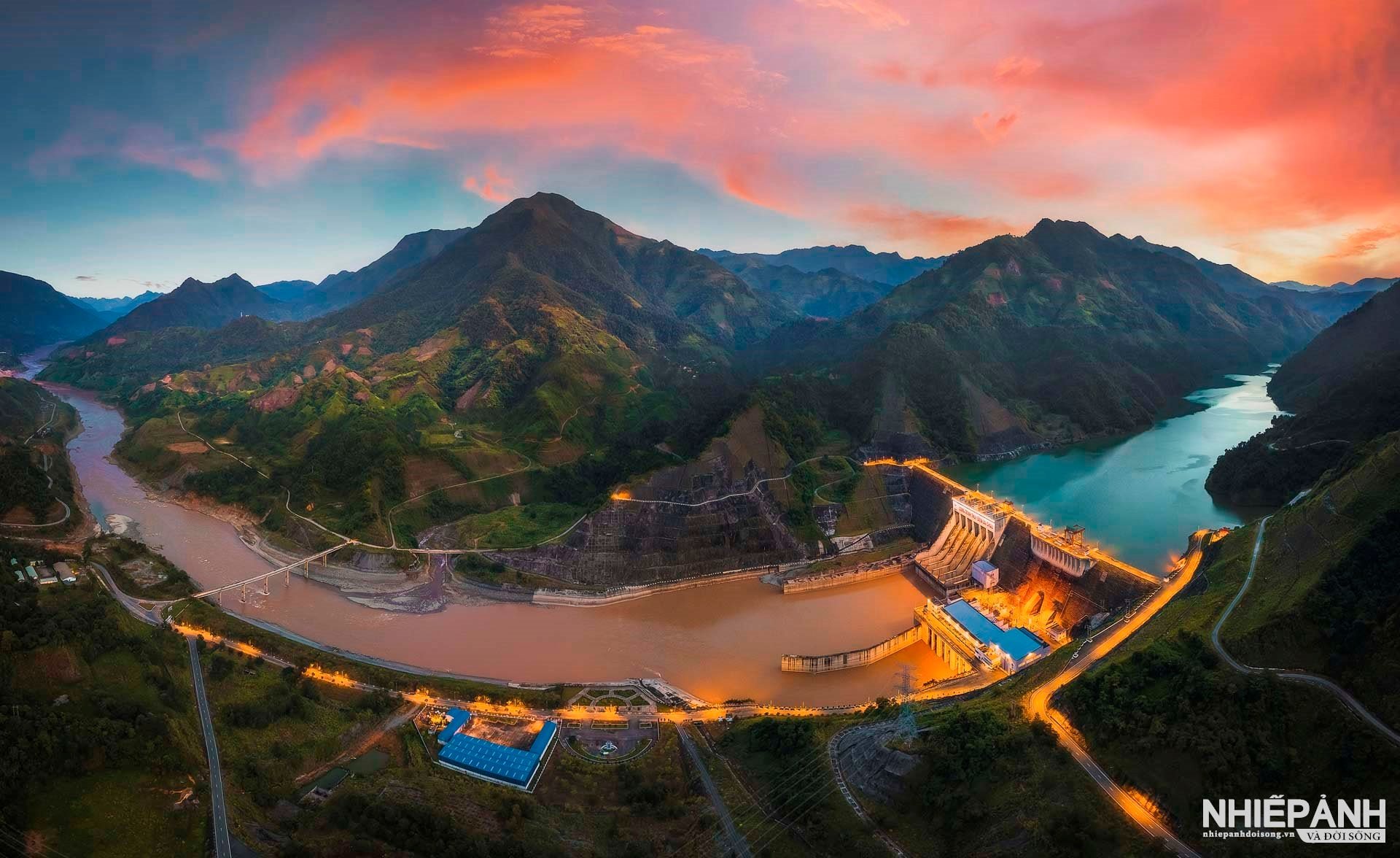

![[Photo] Ministry of Defense sees off relief forces to the airport to Myanmar for mission](https://vstatic.vietnam.vn/vietnam/resource/IMAGE/2025/3/30/245629fab9d644fd909ecd67f1749123)






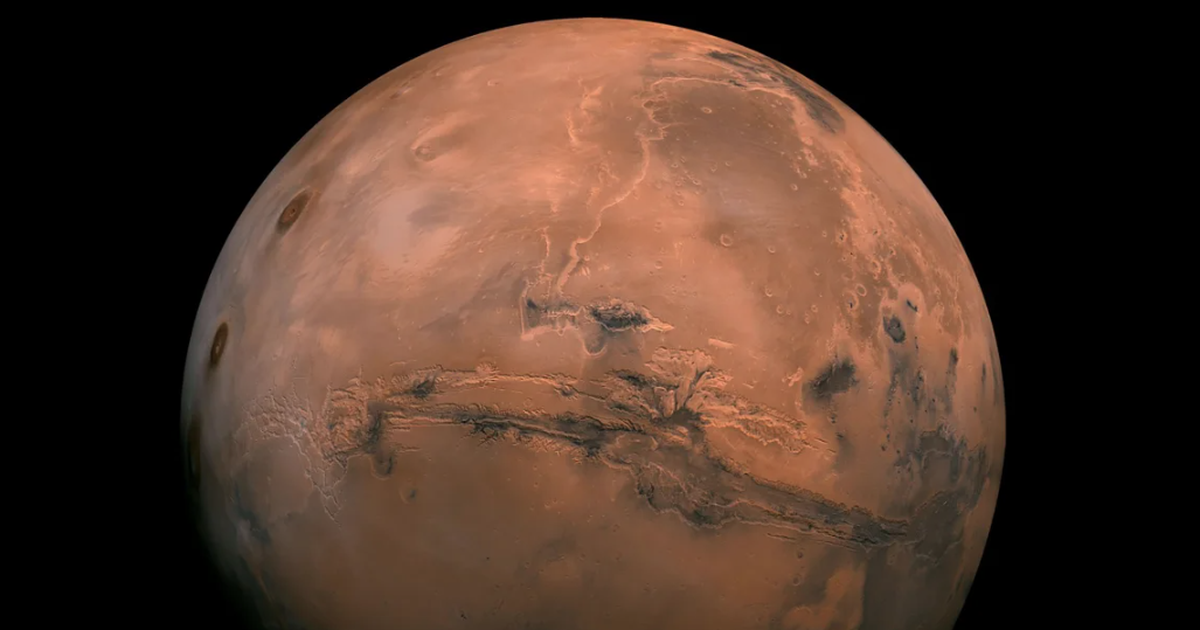








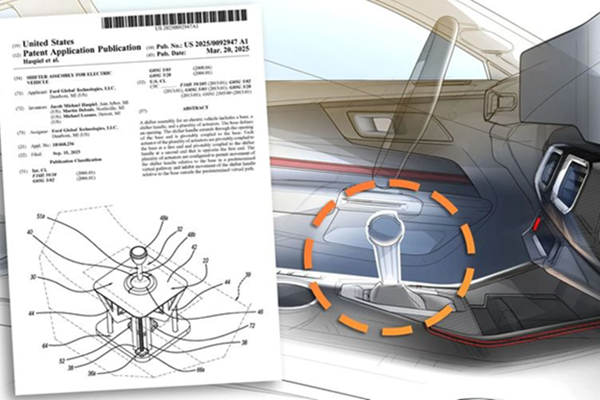










![[Photo] Prime Minister Pham Minh Chinh chairs meeting to remove difficulties for projects](https://vstatic.vietnam.vn/vietnam/resource/IMAGE/2025/3/30/7d354a396d4e4699adc2ccc0d44fbd4f)
















































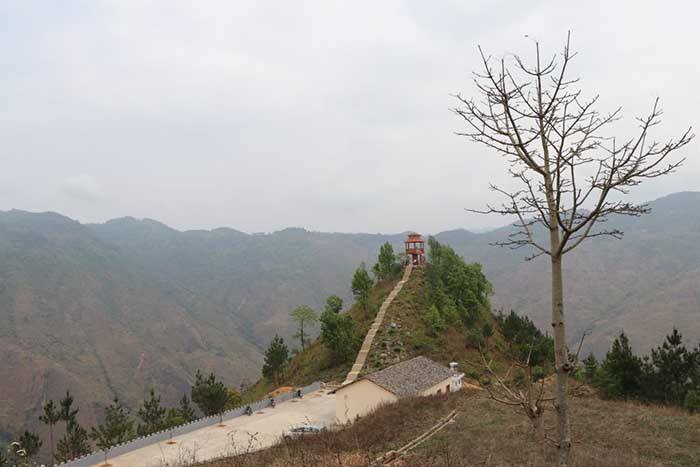













![[REVIEW OCOP] An Lanh Huong Vet Yen Cat](https://vstatic.vietnam.vn/vietnam/resource/IMAGE/2025/3/27/c25032328e9a47be9991d5be7c0cad8c)



Comment (0)